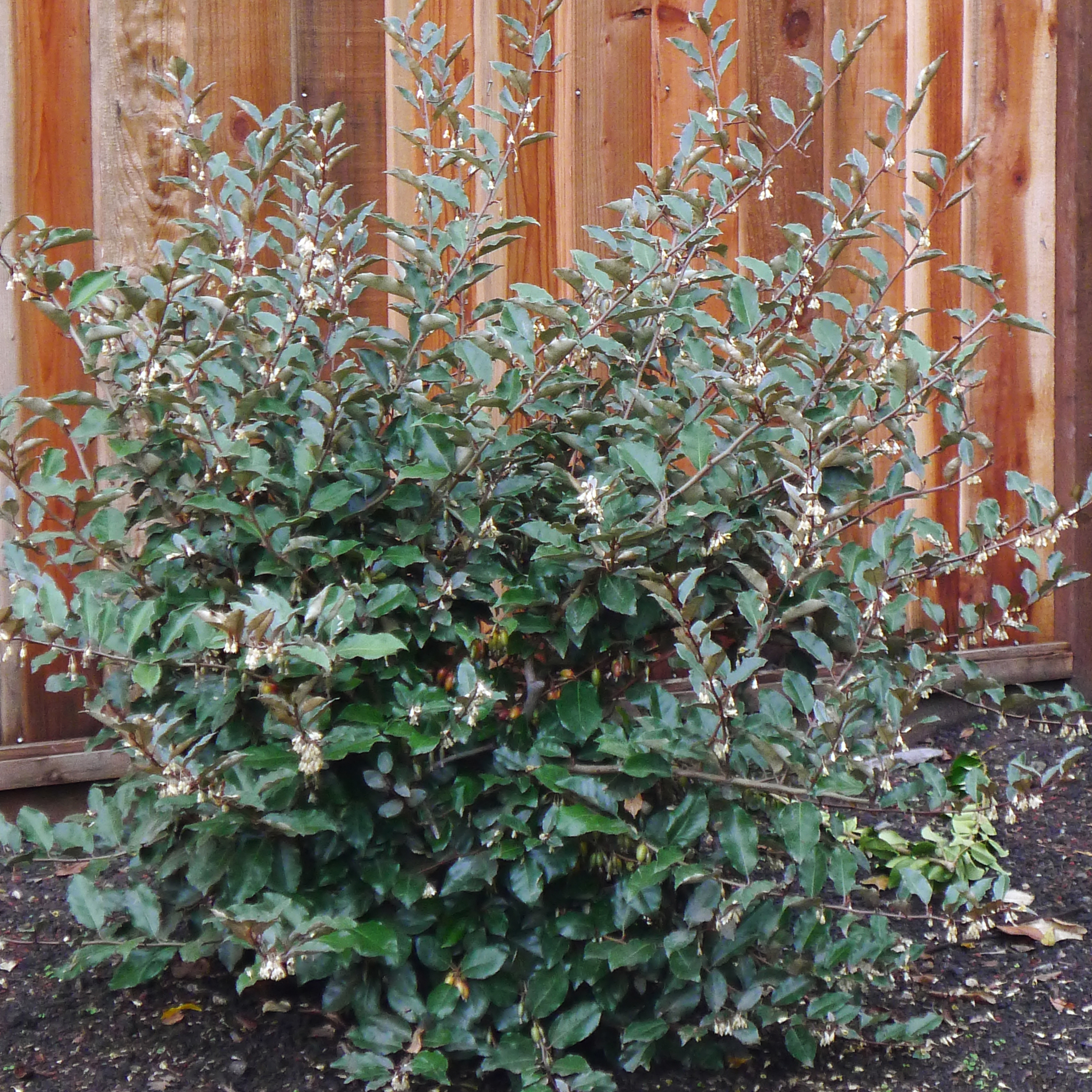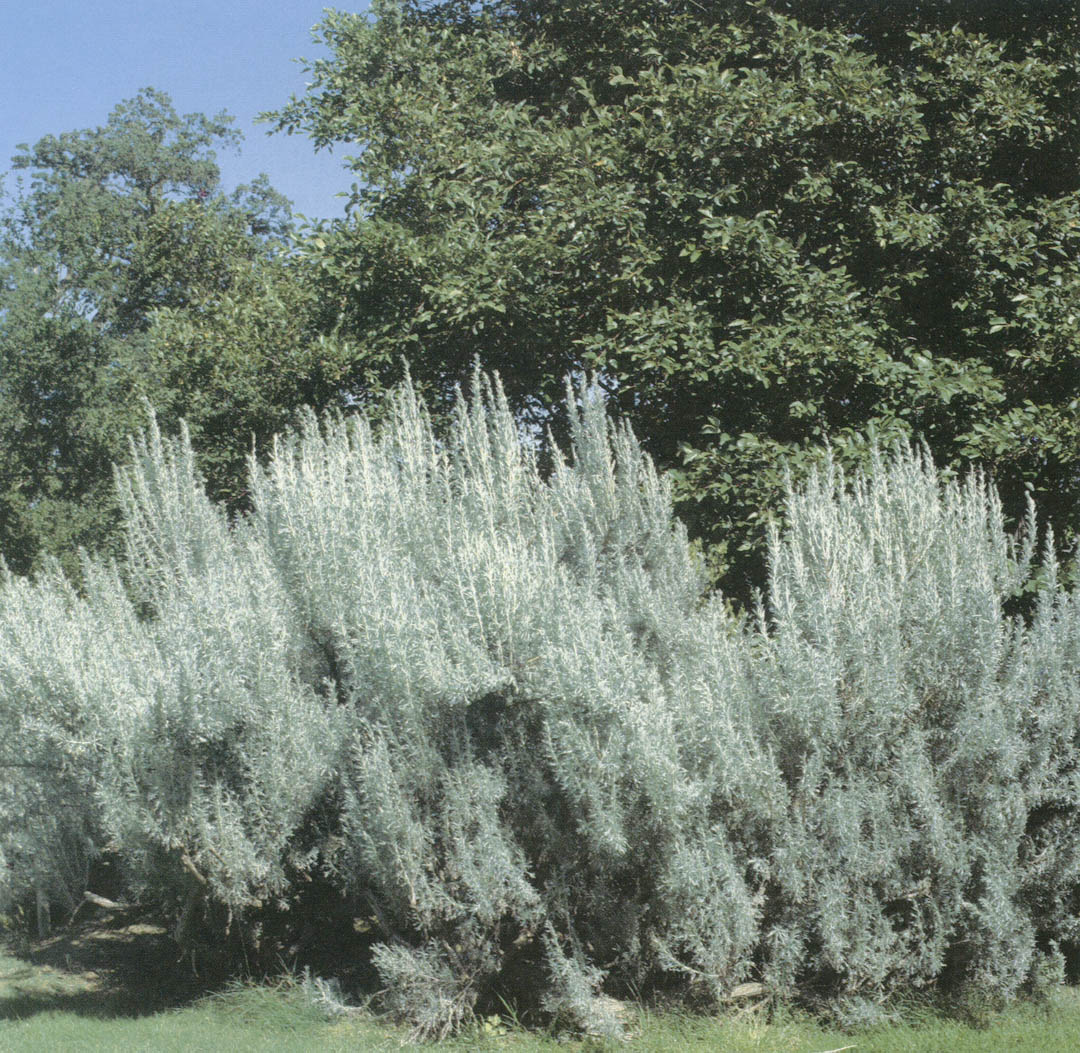The Silverberry Bush: A Beautiful And Easytogrow Shrub
Title: The Silverberry Bush: A Beautiful and Easy-to-Grow Shrub
Introduction:
The silverberry bush is a beautiful and easy-to-grow shrub that is native to North America. It is known for its silver-gray foliage, which makes it a striking addition to any garden. Silverberry bushes are also a good source of food for birds and other wildlife.
In this blog post, we will discuss the following topics:
- The different types of silverberry bushes
- How to plant and care for silverberry bushes
- The benefits of growing silverberry bushes
Main Content:
There are three main types of silverberry bushes:
- Elaeagnus commutata, also known as the common silverberry or wolf-willow, is a tall, spreading shrub that can grow up to 15 feet tall. It has silvery-gray leaves and fragrant, white flowers in the spring.
- Elaeagnus angustifolia, also known as the Russian olive, is a fast-growing shrub that can grow up to 20 feet tall. It has silvery-gray leaves and small, yellow flowers in the spring.
- Elaeagnus x ebbingei, also known as Ebbing's silverberry, is a hybrid of the common silverberry and the Russian olive. It is a smaller shrub that can grow up to 10 feet tall. It has silvery-gray leaves and fragrant, white flowers in the spring.
Silverberry bushes are easy to grow and care for. They prefer full sun to partial shade and well-drained soil. They are drought-tolerant once established and can tolerate a wide range of soil pH levels.
To plant a silverberry bush, dig a hole that is twice as wide as the root ball and just as deep. Backfill the hole with soil, tamping it down gently. Water the bush well after planting.
Silverberry bushes do not require a lot of fertilizer. A light application of fertilizer in the spring will help the bush to grow and flower.
Silverberry bushes are relatively pest- and disease-free. However, they can be susceptible to scale insects and spider mites. If you notice any pests on your silverberry bush, you can treat them with insecticidal soap or neem oil.
Benefits of Growing Silverberry Bushes:
There are many benefits to growing silverberry bushes. These include:
- Beautiful foliage: Silverberry bushes have beautiful, silvery-gray foliage that makes them a striking addition to any garden.
- Attract birds and wildlife: Silverberry bushes are a good source of food for birds and other wildlife. The berries are a favorite of songbirds, and the flowers attract bees and butterflies.
- Easy to grow: Silverberry bushes are easy to grow and care for. They are drought-tolerant once established and can tolerate a wide range of soil pH levels.
- Drought-tolerant: Silverberry bushes are drought-tolerant once established. This makes them a good choice for gardens in dry climates.
- Attract pollinators: Silverberry bushes attract bees and butterflies, which are important pollinators.
Conclusion:
Silverberry bushes are a beautiful and easy-to-grow shrub that is a great addition to any garden. They are drought-tolerant, attract birds and wildlife, and attract pollinators. If you are looking for a low-maintenance shrub that will add beauty and interest to your garden, then silverberry is a great choice.
If you are interested in learning more about silverberry bushes, I recommend visiting Garden Wiki. This website provides a wealth of information about silverberry bushes, including their history, cultivation, and uses.
FAQ of silverberry bush
- What is a silverberry bush?
A silverberry bush is a deciduous shrub or small tree that is native to North America and Asia. It is known for its silvery-green leaves and its edible berries. Silverberry bushes can grow up to 15 feet tall and 10 feet wide.
- What are the benefits of growing a silverberry bush?
There are many benefits to growing a silverberry bush. These bushes are:
Decorative: Silverberry bushes have attractive silvery-green leaves and fragrant white flowers. They can be used as a hedge, specimen plant, or border plant.
Edible: The berries of the silverberry bush are edible and have a sweet, tangy flavor. They can be eaten fresh, cooked, or made into jam or jelly.
Drought-tolerant: Silverberry bushes are drought-tolerant and can thrive in dry conditions. This makes them a good choice for gardens in hot, dry climates.
Attract wildlife: Silverberry bushes attract birds, butterflies, and other wildlife. This makes them a great addition to any garden that is designed to attract wildlife.
How do I care for a silverberry bush?
Silverberry bushes are relatively easy to care for. They require full sun and well-drained soil. They are drought-tolerant, but they will benefit from occasional watering during dry periods. Silverberry bushes do not need to be fertilized often. A light application of fertilizer in the spring will help to promote new growth.
- How do I propagate a silverberry bush?
Silverberry bushes can be propagated by seed, cuttings, or layering. Seed propagation is the most common method. Seeds should be sown in the spring in a well-drained soil. Cuttings can be taken in the spring or summer. Layering is a more difficult method, but it can be successful.
Image of silverberry bush
10 different images of silverberry bush that are free to use:
- Silverberry bush in full bloom. The white flowers are arranged in clusters and have a delicate, sweet fragrance.

- Silverberry bush with red berries. The berries are edible and have a tart, cranberry-like flavor.

- Silverberry bush in fall foliage. The leaves turn a beautiful shade of orange or red in the fall.

- Silverberry bush in winter. The leaves drop in the winter, but the branches remain and provide structure to the landscape.

- Close-up of silverberry leaves. The leaves are silvery-green and have a serrated edge.
- Close-up of silverberry flowers. The flowers are small and white, with a delicate fragrance.
- Close-up of silverberry berries. The berries are red and have a tart, cranberry-like flavor.
- Silverberry bush in a garden setting. The bush can be used as a hedge, specimen plant, or in a native plant garden.

- Silverberry bush in a meadow. The bush can be used to add structure and interest to a meadow.

- Silverberry bush in a woodland setting. The bush can be used to add interest to a woodland garden.

Post a Comment for "The Silverberry Bush: A Beautiful And Easytogrow Shrub"